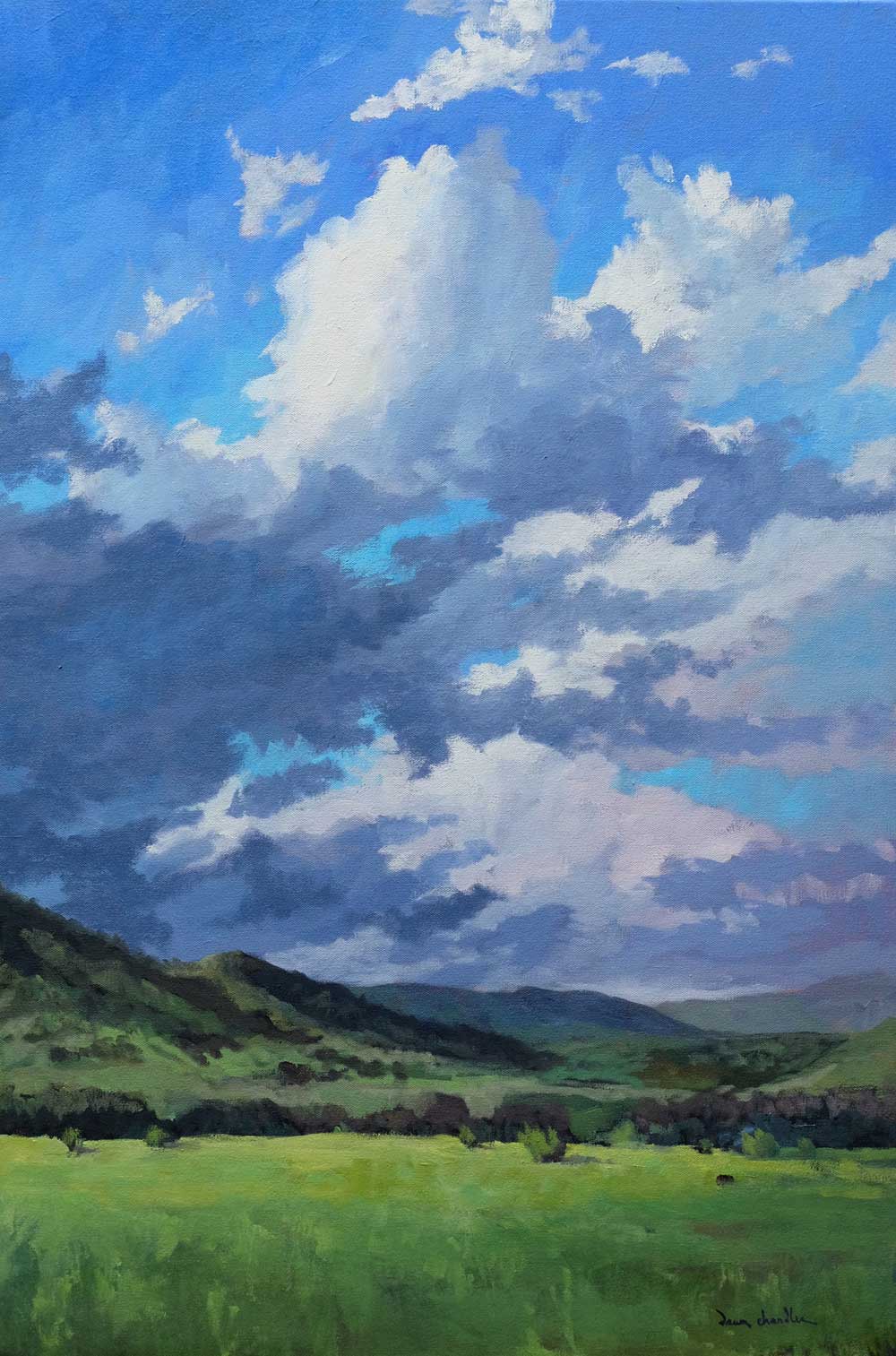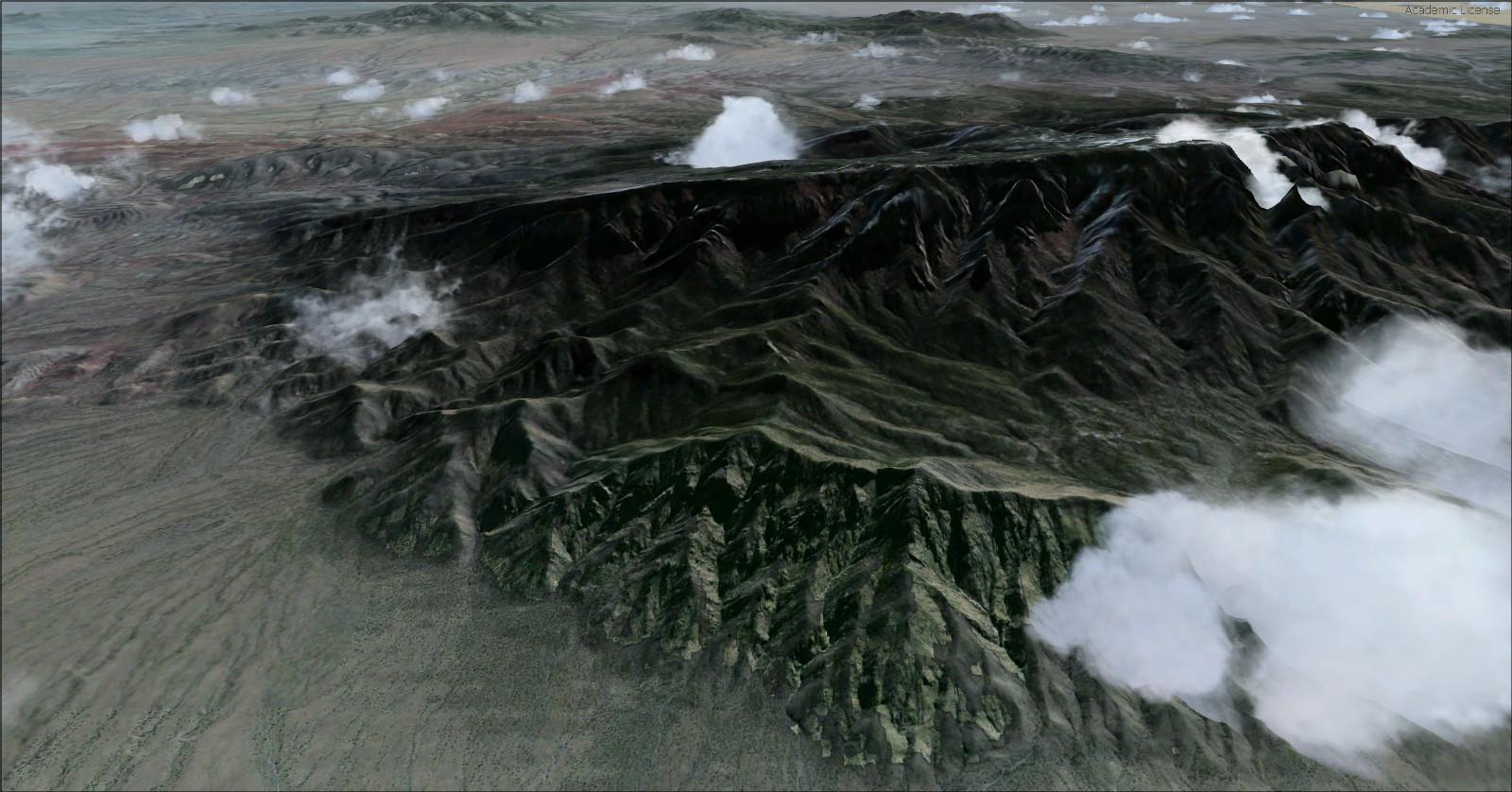

She was completely inspired by the brightly colored red and yellow hills, the jagged white cliffs, the pale greens of the cedar trees, and the bleached desert bones she collected. Twelve years later, in the mid-1930s, she began roaming areas south of Taos, such as Alcalde, Espanola and Santa Fe. She said that the sky, the stars and the wind were different. She spent several days in New Mexico and instantly felt as if it were “her country.” She couldn’t quite put her finger on what drew her to the land, but she thought maybe it was something in the air. With these paintings, and many other works of art, she became one of America’s most important modern artists within a decade.Īfter making her mark in New York, O’Keeffe became inspired by New Mexico’s natural beauty in 1917 when she traveled from Texas to vacation in Colorado.

In these paintings, Georgia O’Keeffe tricks you into thinking that you’re peering at flowers though a magnifying lens. In 1993, she was inducted into the National Women's Hall of Fame.Īfter Stieglitz's death, she lived permanently in New Mexico at Georgia O'Keeffe Home and Studio in Abiquiú, until the last years of her life when she lived in Santa Fe, where the Georgia O’Keeffe Museum was established after her death.If you haven’t heard her name, you’ve probably seen her large-format paintings of enlarged blossoms. In 1985, she was awarded the National Medal of Arts by President Ronald Reagan. In 1977, President Gerald Ford presented O'Keeffe with the Presidential Medal of Freedom, the highest honor awarded to American civilians.

Carey Thomas Award at Bryn Mawr College in 1971 and two years later received an honorary degree from Harvard University. Among her awards and honors, O'Keeffe received the M. O'Keeffe was elected to the American Academy of Arts and Letters and in 1966 was elected a Fellow of the American Academy of Arts and Sciences. O'Keeffe and Stieglitz lived together in New York until 1929, when O'Keeffe began spending part of the year in the Southwest, which served as inspiration for her paintings of New Mexico landscapes and images of animal skulls.
#American artist new mexico scenery professional
They developed a professional relationship-he promoted and exhibited her works-and a personal relationship that led to their marriage in 1924.

O’Keeffe moved to New York in 1918 at Stieglitz’s request and began working seriously as an artist. In 1917, Alfred Stieglitz, an art dealer and photographer, held an exhibit of her abstract works. With a new approach to art, O’Keeffe began exploring total abstraction as she taught and continued her studies at the Teachers College, Columbia University in 19. She studied art in the summer and was introduced to the principles and philosophies of Arthur Wesley Dow, who espoused created works of art based upon personal style, design, and interpretation of subjects, rather than trying to copy or represent them. In 1908, unable to fund her further education, O’Keeffe spent two years as a commercial illustrator and seven teaching in Virginia, Texas, and South Carolina. In 1905, O’Keeffe began her serious formal art training at the School of Art Institute of Chicago and then the Art Students League of New York, but she felt constrained by her lessons that focused on recreating or copying what was in nature. Georgia Totto O’Keeffe (1887-1986) was an American artist best known for her paintings of enlarged flowers, New York skyscrapers, and New Mexico landscapes.


 0 kommentar(er)
0 kommentar(er)
